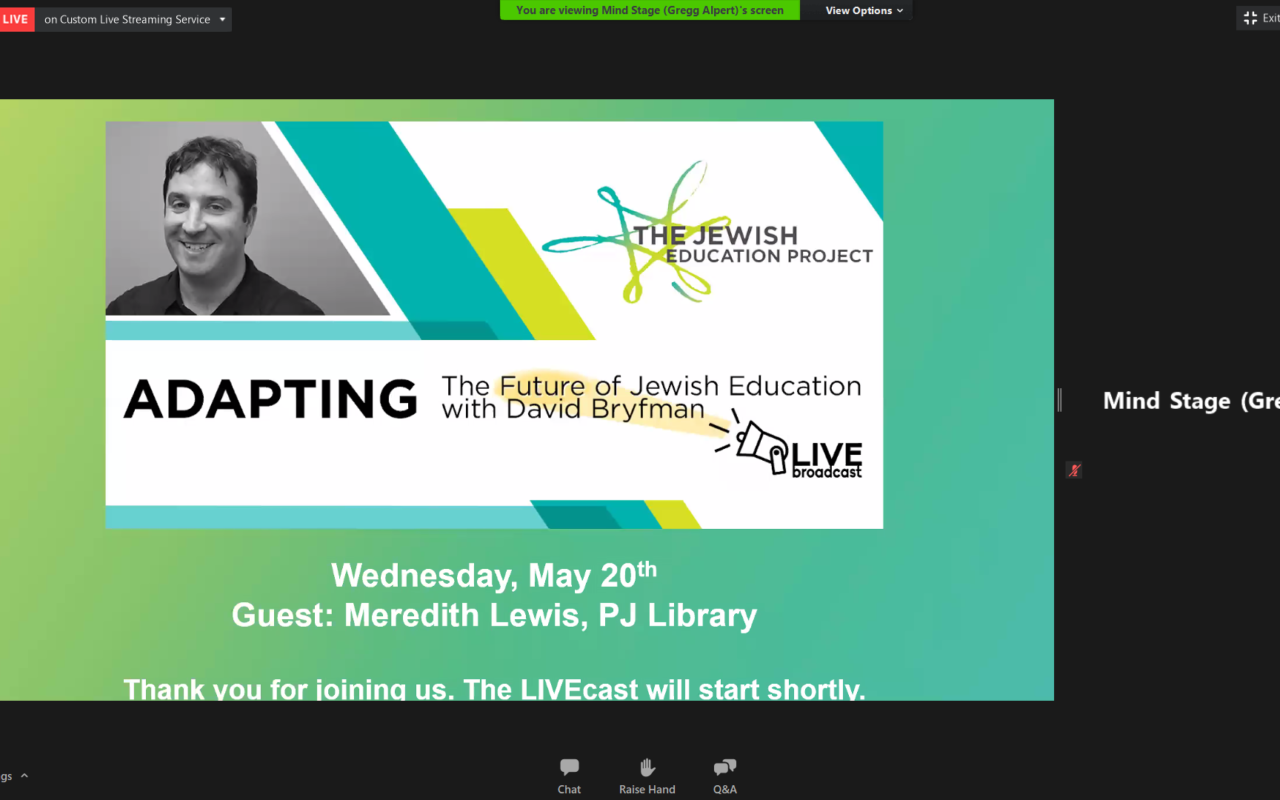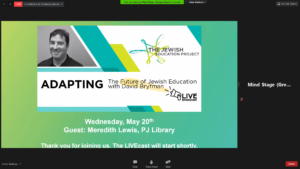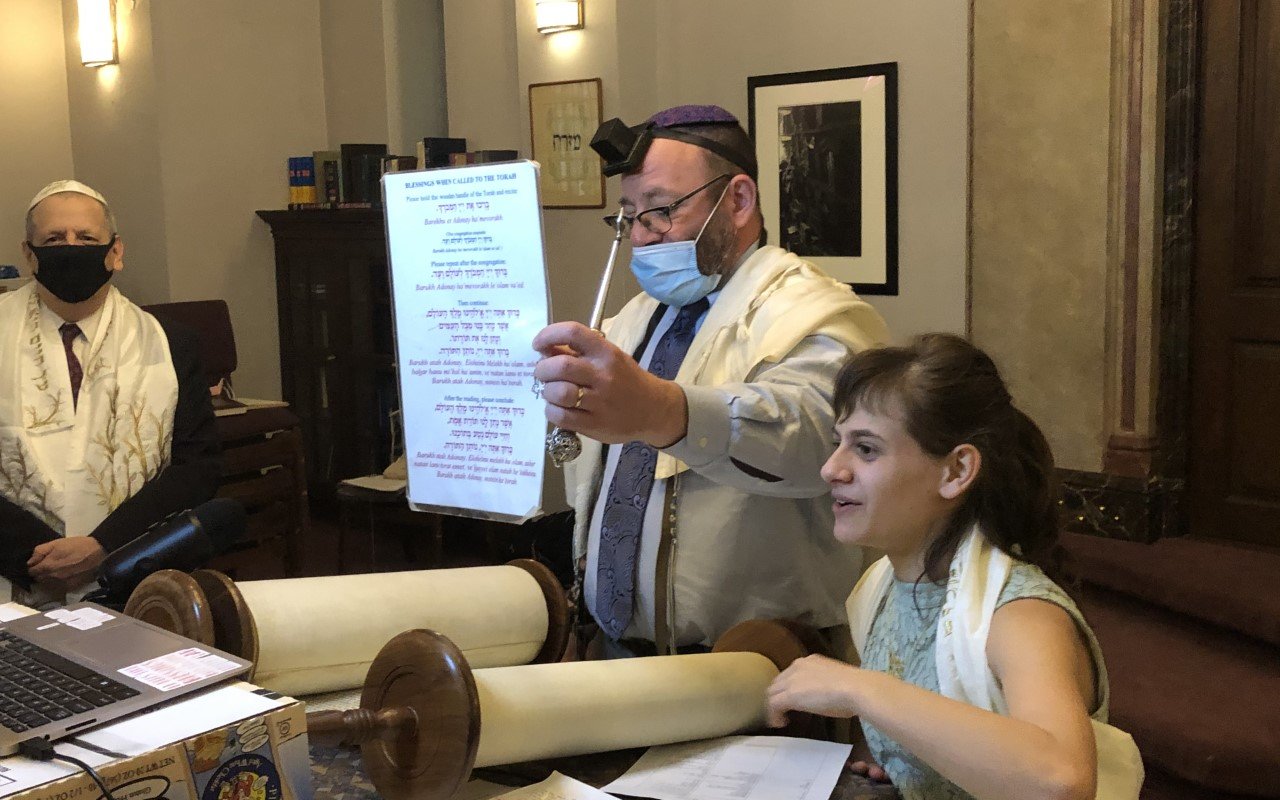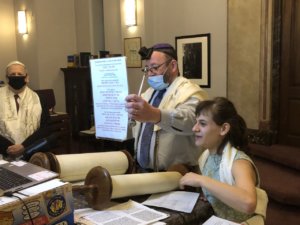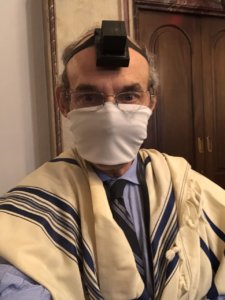These days, in the absence of any professional sports taking place in the US, any sports story catches the attention of sports fans. Even stories about the new date (and shorter length) of the Belmont Stakes, Noah Syndergaard’s Tommy John surgery (https://nypost.com/2020/05/20/why-noah-syndergaards-mets-future-is-so-murky/) or Rob Gronkowski “bulking up” (https://nypost.com/2020/05/21/rob-gronkowski-is-bulking-up-ahead-of-his-buccaneers-debut/) occupy the sports pages.
It has been rare to find a truly important sports story. Fortunately, a few publications have chosen to spotlight the important work of tennis player Noah Rubin and his “Behind the Racquet” project. Rubin and more than 135 fellow athletes have thusfar posed for a picture–hiding their faces behind the strings of their rackets—and sharing a struggle they have faced on the road to greatness—from eating disorders, depression and anxiety, speech and language issues and death of parents.
Noah is a real mensch, as are various family members. I have been following his career for years and have been privileged to interview him, his mom and sister several times. We should all admire his bravery, recognize that it is ok to be open about our own vulnerabilities, and cut professional athletes a break—they are people too, struggling with their own issues.
Please read my three Noah Rubin articles (from the Times of Israel and the Jerusalem Post), and two fine articles from this week in ESPN and ITF Tennis Newsletter:
https://www.timesofisrael.com/jewish-teen-tennis-star-set-to-play-at-us-open/
https://howardblas.com/2019/08/22/noah-rubin-finds-his-strength-on-both-sides-of-the-racket/


